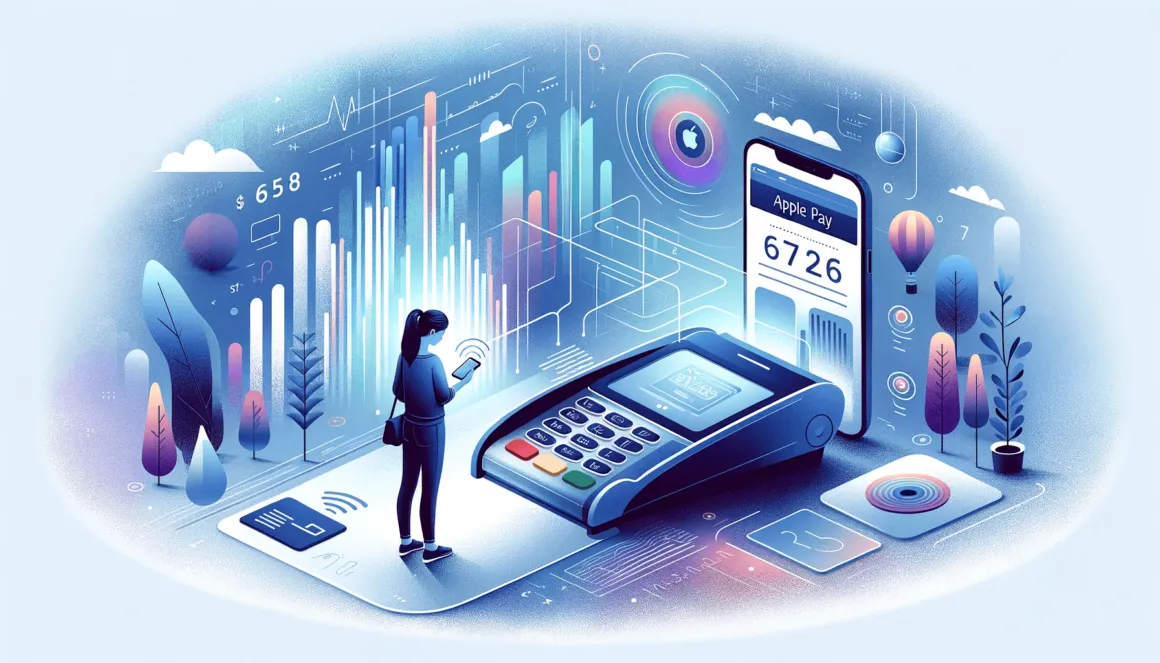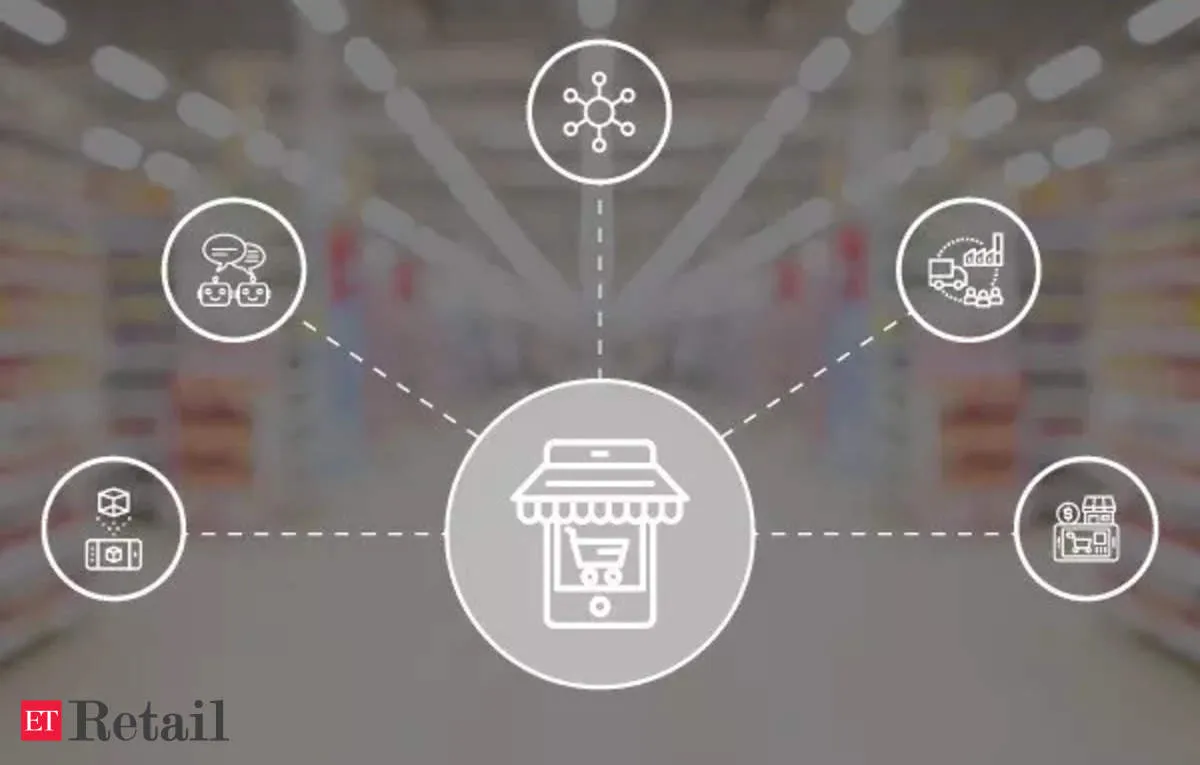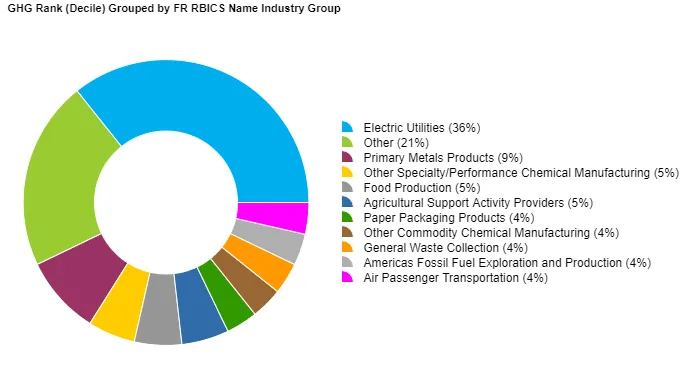Since its launch in 2014, Apple Pay has become an increasingly popular and convenient way for consumers to make payments. As more and more people adopt this mobile payment method, it is important to take a closer look at the statistics behind it. In this article, we will dive into the latest data on Apple Pay and explore its impact on the market.

Overview of Apple Pay
Apple Pay is a contactless payment system developed by Apple Inc. that allows users to make purchases using their iPhone, iPad, Apple Watch, or Mac. It uses near-field communication (NFC) technology to securely transmit payment information to a contactless reader. With the rise of online shopping and digital payments, Apple Pay has quickly gained traction as a convenient and safe way to make purchases.
According to Apple’s CEO Tim Cook, Apple Pay is growing faster than PayPal and is seeing over 1 billion transactions per month. As of March 2020, Apple Pay is available in 60 countries and regions, with over 900 million active iPhones worldwide. So, let’s explore the latest statistics and see how Apple Pay is impacting the market.
Mobile Payment Industry Trends
Before we delve into the specific statistics of Apple Pay, let’s take a step back and look at the broader picture of the mobile payment industry. The global mobile payment market has been rapidly growing, driven by factors such as increased smartphone penetration, convenience, and security. According to a report by Grand View Research, the global mobile payment market size was valued at USD 1.02 trillion in 2019 and is expected to reach USD 12.54 trillion by 2027, growing at a CAGR of 30.1% from 2020 to 2027.
Another significant trend in the mobile payment industry is the shift towards contactless payments. With the ongoing COVID-19 pandemic, there has been a growing concern about the transmission of viruses through cash and cards. This has led to a surge in the adoption of contactless payment methods, including Apple Pay, as consumers seek safer and more hygienic ways to make payments.
Impact of Apple Pay on Mobile Payment Market
Apple Pay has played a significant role in shaping the mobile payment industry, and its impact can be seen in various aspects. Let’s take a closer look at some of the latest statistics and see how Apple Pay is contributing to the growth of the market.
Growing Popularity of Contactless Payments
As mentioned earlier, the use of contactless payments has increased significantly in recent years, and Apple Pay has been a key driver of this trend. According to a report by Juniper Research, the total number of digital wallet users will exceed 4.4 billion by 2025, which is nearly one-third of the global population. The report also predicts that over half of mobile users will have made contactless payments by 2025, mainly driven by the popularity of solutions like Apple Pay.
Increasing Adoption Rates
One of the most significant indicators of Apple Pay’s success is the increasing adoption rates. According to eMarketer, in the US alone, the number of people using Apple Pay will reach 31.6 million by the end of 2020, a 14.9% increase from the previous year. This represents 47.3% of all smartphone users in the country, highlighting the widespread adoption of this mobile payment solution.
In addition, a study conducted by PYMNTS in September 2020 found that 16.8% of iPhone users have used Apple Pay in-store, up from 10.1% in March 2019. The study also states that Apple Pay has the highest adoption rate among other mobile payment solutions, such as Samsung Pay and Google Pay.
Increasing Transaction Volumes
Not only is Apple Pay gaining more users, but it is also seeing a significant increase in transaction volumes. According to Apple’s Q1 2020 earnings report, Apple Pay transaction volume has doubled year-over-year and reached an all-time high. This trend continued in the following quarters, with the company reporting a 30% increase in Apple Pay transactions in Q3 2020 compared to the previous year.
Furthermore, according to a report by Loup Ventures, Apple Pay is expected to reach 10 billion transactions in 2020, a 50% increase from the previous year. The report also estimates that by 2025, Apple Pay will account for 52% of all contactless payments globally.
Impact on Retail Industry

The impact of Apple Pay is not limited to the mobile payment market; it also has a significant influence on the retail industry. As more consumers adopt this mobile payment solution, retailers are increasingly integrating it into their point-of-sale (POS) systems. Let’s take a look at some of the latest statistics and see how Apple Pay is changing the retail landscape.
Increased Conversion Rates
One of the key benefits of using Apple Pay for retailers is the increase in conversion rates. A study conducted by PYMNTS found that Apple Pay users are more likely to complete a purchase than those using traditional payment methods. In fact, the conversion rate of Apple Pay users was found to be 73%, compared to just 20% for non-Apple Pay users.
Moreover, a survey by Blackhawk Network found that 55% of respondents who had used Apple Pay said they would use it again because it’s faster and more convenient. This indicates that once consumers experience the ease and speed of using Apple Pay, they are more likely to choose it for future purchases.
Improved Customer Experience
Apart from increased conversion rates, Apple Pay also offers an improved customer experience for both retailers and consumers. With Apple Pay, customers don’t have to dig through their wallets or enter long card details; they can simply pay with a single touch or glance. This not only saves time but also reduces friction in the checkout process, leading to a more seamless and enjoyable shopping experience.
For retailers, accepting Apple Pay means shorter lines at the checkout, as it takes less time for customers to complete their transactions. This is especially beneficial during peak times or busy shopping periods, where traditional payment methods may result in long queues.
More Secure Transactions
Security is a top priority for both retailers and consumers when it comes to payments. Apple Pay offers an extra layer of security by using tokenization technology, which replaces sensitive data such as credit card numbers with a unique code for each transaction. This makes it virtually impossible for hackers to access and use the data.
According to a survey by Visa, 66% of consumers feel safer using Apple Pay than traditional cards, and 85% of merchants say that accepting Apple Pay can help reduce fraud. This added security feature of Apple Pay can give retailers and consumers peace of mind and build trust in the payment system.
Impact on Online Shopping
The rise of e-commerce and online shopping has been significant in recent years, and the COVID-19 pandemic has accelerated this trend even further. As more consumers turn to digital channels for their shopping needs, the impact of Apple Pay on online shopping becomes even more apparent.
Increasing Number of Users
As of March 2020, Apple Pay is available in over 60 countries and regions, making it accessible to a large number of users. A report by PYMNTS states that in June 2020, 51% of iPhone users had enabled Apple Pay, up from 25% in September 2019. This indicates that more and more consumers are turning to Apple Pay for their online purchases, making it a preferred payment method for e-commerce.
Improved Checkout Process
The convenience of using Apple Pay extends beyond in-store purchases; it also offers a seamless checkout process for online shopping. With Apple Pay, users can complete their transactions with just a touch or glance, eliminating the need to enter long card details or personal information. This simplifies the checkout process, reducing cart abandonment rates and improving the overall customer experience.
Moreover, many e-commerce platforms now offer the option to save card details for future purchases, making it even easier for customers to make repeat purchases. According to a survey by PayFort, 63% of mobile shoppers would prefer to use Apple Pay if given the option at checkout, highlighting the demand for this payment method in the e-commerce space.
Higher Conversion Rates
Just like in-store purchases, Apple Pay has been shown to improve conversion rates for online shopping as well. A study by Adyen found that the conversion rate for Apple Pay was 91% higher compared to traditional payment methods on mobile devices. This is because the simplified checkout process and added security features of Apple Pay make it more appealing to consumers, resulting in a higher completion rate.
Impact on Other Industries

Apart from retail and online shopping, the impact of Apple Pay can also be seen in other industries. Let’s take a closer look at some of these sectors and see how Apple Pay is changing the game.
Transportation
Apple Pay has also made its way into the transportation industry, enabling users to pay for public transit and ridesharing services seamlessly. In June 2019, Apple announced that Apple Pay was available for transit in Portland, Oregon, making it the first U.S. city to adopt this payment method. Since then, many other cities, including New York, Chicago, and London, have also introduced Apple Pay for transit.
Moreover, Apple Pay can also be used to pay for ridesharing services such as Uber, Lyft, and Grab. This offers a more convenient and secure way for consumers to pay for their rides, without the hassle of carrying cash or cards.
Education
Apple Pay has also made its mark in the education sector with the introduction of Apple Pay for student IDs. This allows students to use their iPhone or Apple Watch to access facilities, make payments at the campus store, and buy food at on-campus dining locations. Several universities in the US, including Duke University and Temple University, have already implemented this feature, making it easier for students to manage their campus life.
Moreover, Apple Pay is also used for contactless payments in school cafeterias, making it a safer and more hygienic option for students to pay for their meals.
Security Concerns
While Apple Pay offers several security features, like any other payment method, it is not immune to fraud or security breaches. Over the years, there have been several instances where Apple Pay has been used for fraudulent purposes, highlighting the need for continuous improvements in security measures.
In 2019, a report by Gemini Advisory found that over 90% of compromised mobile wallets were from Apple Pay, indicating that fraudsters are increasingly targeting this payment method. However, compared to traditional payment methods, the number of Apple Pay fraud cases is still relatively low, thanks to its advanced security features.
To address these concerns, Apple has introduced additional security measures, such as dynamic CVV codes and transaction limits, to prevent fraudulent transactions. As technology continues to evolve, we can expect to see more advancements in security measures to protect users’ data and money.
The Future of Apple Pay
As we have seen, Apple Pay has come a long way since its launch in 2014, and its impact on the market is undeniable. With increasing adoption rates, transaction volumes, and availability in more countries, it is safe to say that Apple Pay is here to stay. But what does the future hold for this mobile payment solution? Let’s take a look at some of the potential developments and challenges that lie ahead.
Expansion to More Countries
As of March 2020, Apple Pay is available in 60 countries and regions, but there are still many countries where it has not been launched yet. With the rise of contactless payments and the increasing adoption of Apple products, we can expect to see Apple Pay expanding to more countries in the coming years. In fact, according to an estimate by Bernstein, Apple Pay could reach 10% of global card transactions by 2025.
Moreover, as the number of active iPhones continues to grow, so will the number of potential users for Apple Pay. This presents a significant opportunity for Apple to expand its reach and increase market share in the mobile payment industry.
Integration with Other Services
Currently, Apple Pay is mainly used for making purchases in-store and online, but there is potential for it to be integrated with other services as well. For instance, Apple is reportedly working on adding loyalty and reward programs to Apple Pay, which would make it a one-stop-shop for all payment-related activities.
Additionally, Apple Pay could also be integrated with other apps or services, such as public transit, parking meters, and events, further expanding its use cases. This would make it even more convenient for users to pay for various services without having to switch between different apps or methods.
Increased Competition
Apple Pay is currently the dominant player in the mobile payment market, but that could change in the future with increased competition from other players. Samsung Pay and Google Pay are also popular mobile payment solutions, and they are continuously improving their offerings to gain a larger market share.
Moreover, the rise of digital wallets, such as PayPal, Venmo, and Zelle, could also pose a threat to Apple Pay. These digital wallets offer similar features and convenience, and as more merchants start accepting them, they could become a preferred payment method for consumers.
Conclusion
In conclusion, the statistics surrounding Apple Pay paint a promising picture for this mobile payment solution. With increasing adoption rates, transaction volumes, and conversion rates, it is clear that Apple Pay has had a significant impact on the market. Its widespread availability, improved customer experience, and added security features have made it a popular choice for both retailers and consumers.
Looking ahead, Apple Pay is expected to continue its growth trajectory, with expansion to more countries and integration with other services. However, it also faces challenges, such as increased competition and security concerns, which will require continuous improvements in its offerings.
As the world becomes increasingly digital, the demand for convenient and secure payment methods will only continue to grow. In this context, Apple Pay is well-positioned to capitalize on this trend and cement its position as a leading player in the mobile payment industry.

